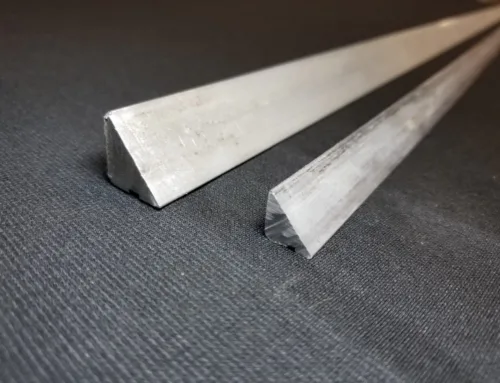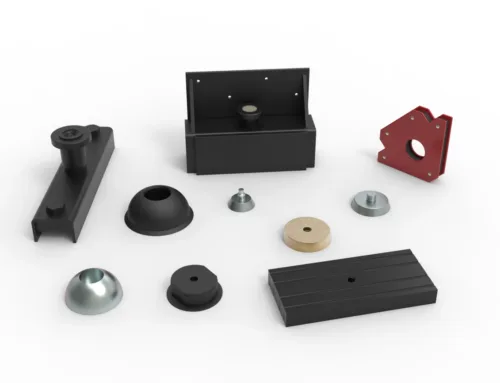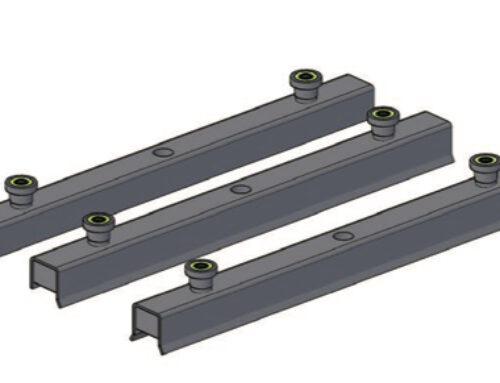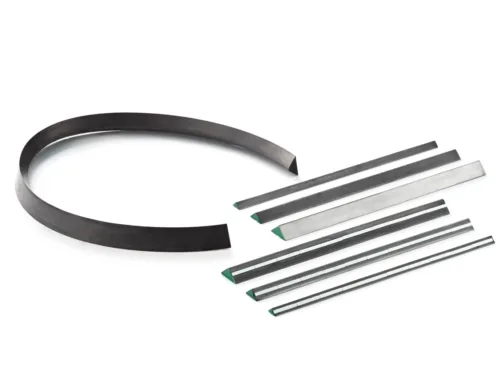Magnetic flux and surface gauss
The performance testing of finished magnets mainly detects surface magnetism and magnetic flux.
Surface magnetism: Use a surface magnetometer (Gaussmeter, Tesla meter), which is used to test the surface magnetism on the surface of the magnet. Its probe can only test one point, and it can only test the magnetic number density at this position within the unit volume of the magnet, so its data is the data of one point, which is an absolute value. Sometimes you will find that your data is always jumping around. That is because the contact area of the probe is a bit large, so its data will change.
Magnetic flux: It is to put the magnet into a Helmholtz coil and then take it out. The principle is that there is a constant magnetic field in the coil. When you put the magnet in and then take it out, the magnetic field will change. It has an impact. The change between the magnetic field of the magnet and the original magnetic field can be used to determine the magnetic energy density of the magnet itself, so it is a relative value. It refers to the data energy of the entire magnet, not the data at this point, so most of the time, we have to combine the two data of magnetic flux and surface magnetism to analyze at the same time, one is the relative value and the other is the absolute value.
When testing surface magnetism and magnetic flux, why do some weak magnetic products appear in the same batch of magnets? It will always have a lower magnetic performance than a normal magnet. What is the reason? There are probably four reasons:
1) When this happens, most of them are small products, and their processing procedures are relatively long. It is very likely that during the processing, one or two low-performance products are mixed into the same batch of high-performance products. If the product is not strictly managed at the production site and the processing plant, this kind of mixing will often occur.
2) We make this kind of small products. Most of them are made from a square blank, cut into squares and rounded, from large to small. During the cutting process, all the outer skin on the entire side is called material. The skin and black skin need to be cut off. Some factories, in order to save costs and materials, do not remove enough skin when removing it, or cut it obliquely, which will lead to poor performance. The skin material will adhere to it because the product is relatively small and thin, which will affect its performance.
3) It still occurs during the processing, that is, during the cutting process, they reversed the polarity of the magnetization. It was originally magnetized in the thickness direction, but several pillars were cut wrong, and the magnetization direction was cut. It has become the direction of diameter, causing this film to be significantly lower than others during magnetization.
4) This is the most difficult situation, that is, the uniformity of the entire blank is not good. Some blanks produced in the same furnace are high and some are low. The error between the highest and the lowest is relatively large. This will result in poor consistency of the entire product.
Therefore, first analyze the weak magnetic field in your product, what is the proportion, and how much the performance is weak, and then find out the real reasons one by one.
The influencing factors of performance consistency are also introduced here.
At present, the equipment of major magnet manufacturers has little difference in raw material formula and management level. The difficulty is to control the performance consistency of large batches of products.
1) The material performance has good consistency. One batch of charge produces about 500KG. There are many blanks. How to make the properties of the blanks in different temperature zones consistent? Even if the performance of the outer and middle parts of the same blank is consistent, it also needs to be checked and controlled.
2) During the processing process, the tolerance range is well controlled, which is helpful for performance consistency control.
3) During the electroplating process, the consistency of the coating thickness. Every step must be done to the extreme to ensure the performance consistency of the final product.
It is not just about how high the product performance is, but also about the control of performance consistency in batch products.





[…] by things like the size of the magnetic field, the resistivity of the conductor, and how fast the magnetic flux changes. The heat generated by eddy currents is called Joule heating. It’s when electrical energy […]